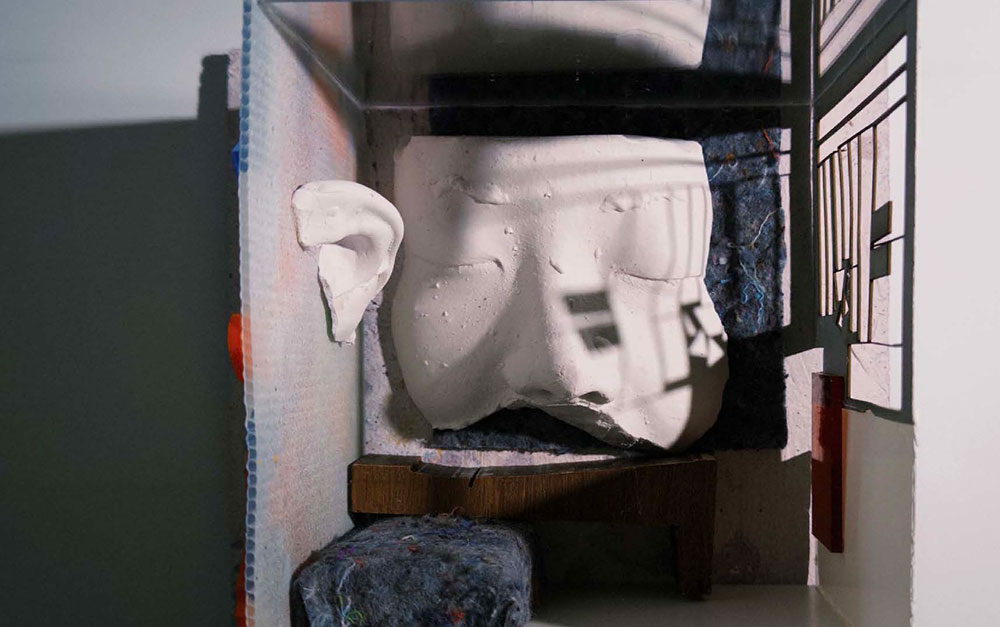The Some Kind of Nature atelier adopts a post-humanist approach, drawing inspiration from the writings of Donna Haraway, Anna Tsing, Rosi Braidotti, and others. Our roots lie in feminist posthumanist philosophy.
Our primary focus is a response to the ongoing climate crisis, which we consider the greatest challenge facing both the profession and humanity. By embracing a post-humanist framework, we decentre humans and emphasise relationships.
By adding a temporal lens, we see buildings as spatio-temporal structures reaching far beyond their external shell into the past and future. This perspective allows us to consider the conditions of the production of architecture and the importance of care and maintenance.
We regard demolition as an act of violence, asserting that all energy embedded in the building process must be accounted for and justified.
Our design process is contextual, care-ful, open for multiple, often conflicting voices (Mikhail Bakhtin’s Polyphony) and entangled (Donna Haraway). We are collaborative, transdisciplinary and dialogical.
Architecturally speaking, we focus on context, prefer multifunctional briefs, and aim for an in-depth understanding of tangible expressions of human and non-human relationships expressed through space, materiality, technology, and time.


